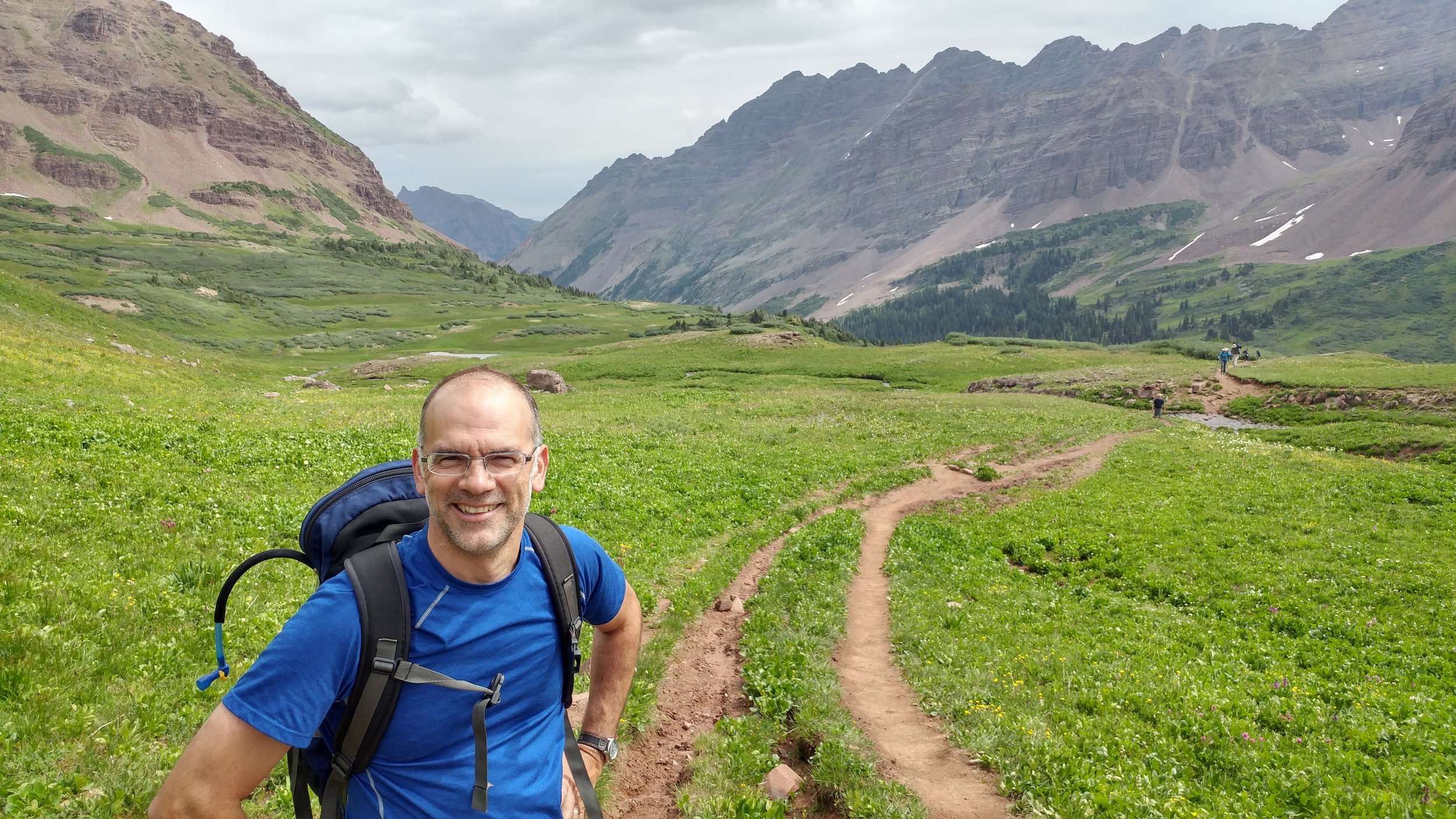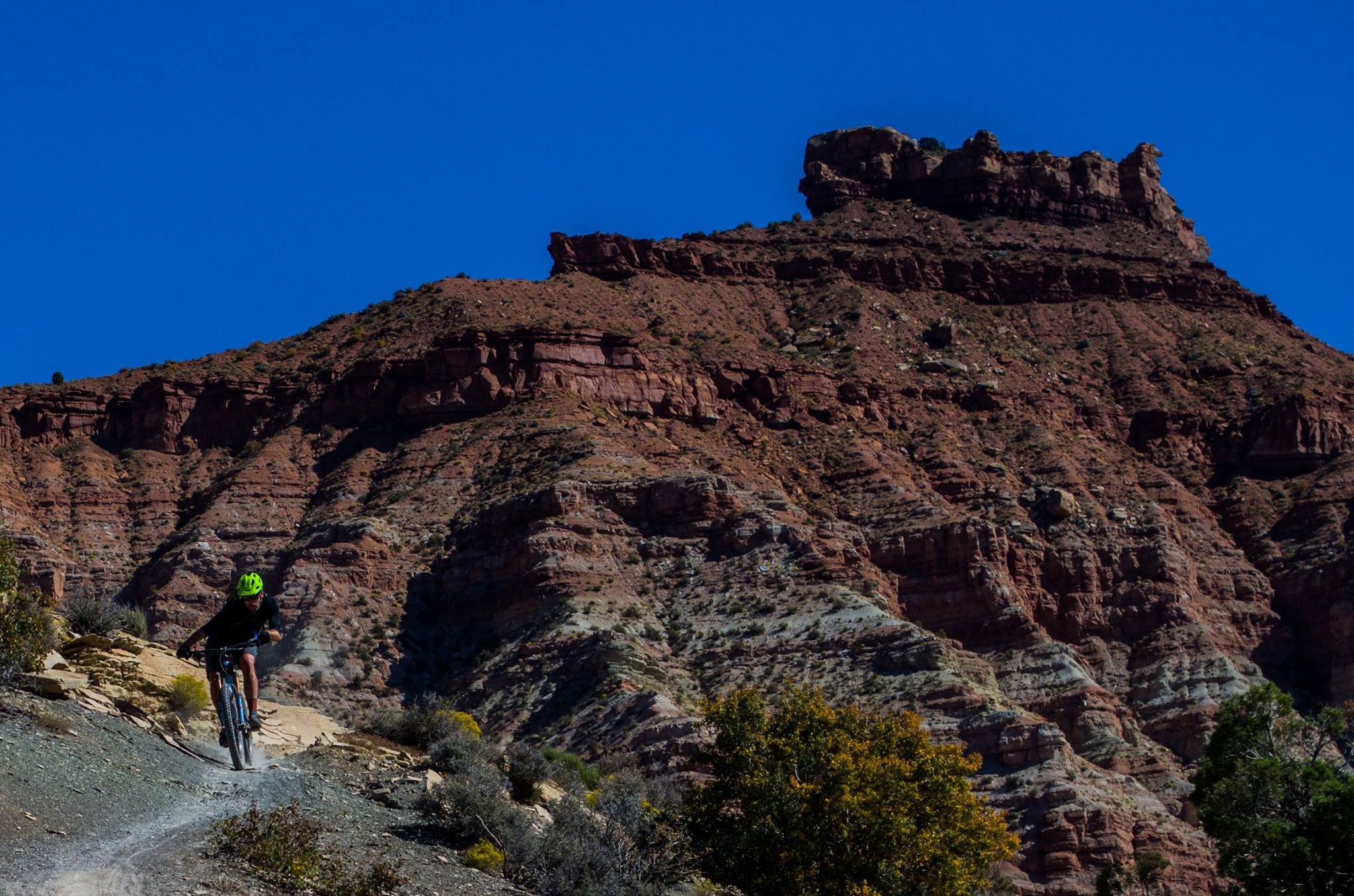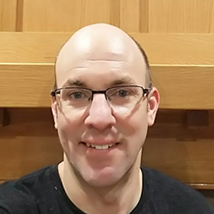1. Where are you from? If you’re not from the Pacific Northwest, what brought you here?
I grew up between Santa Cruz and Valley Center, California – i.e., a proud-to-be-tree-huggers bubble on the Monterey Bay where the Redwoods meet the Pacific Ocean versus the granite hills covered in avocado and citrus groves in the northeast corner of San Diego. In the past dozen years, I’ve lived in Los Angeles, Ellensburg, north county San Diego, and Orange County. The Cascades stole my heart when I flew over them on my way to Missoula in 2010 and after marrying a local – and living throughout the southern California megalopolis – it only made sense to come back to the mountains!
2. What inspired you to pursue geology? What made you curious about it?
Like knowing an older sibling, I do not remember I time when I was not interested in the earth and sky. As a child, I was transfixed by characters that made mountains, chased stars, sent storms around the earth with a breath, or pierced into the core of the earth or sea to find whole new worlds. I also had the benefit of living in spectacular parts of California and was surrounded by an environmentally conscious community. By the time geology entered my life academically it just made sense to me. Genie Elliott introduced me to plate tectonics and Dr. Ann Blythe introduced me to research and career opportunities. So, I pursued a career that was intuitive, generally involved being outdoors, and helped preserved the natural resources I love.
3. What do you like best about your area of expertise? What excites you and keeps you motivated?
Geology is pretty unique in its physicality compared to other sciences. Our laboratory is everywhere around us, even if covered by concrete and maybe especially in those instances where we manipulate and apply our knowledge of geology. I love that geology exists on so many scales from mountain building and planetary evolution to fractional crystallization and microns. For me environmental consulting is like conducting many little research projects; predicting what’s in the subsurface then finding out. I love when everything I’ve learned is true but also when something different is going on. Our work directly relates to society and I love working in teams of multidisciplinary professionals.
4. What do you like to do when you aren’t working?
Generally being outdoors is what I love, be that hiking, cycling, running, swimming, or sitting with a tasty beer. When there isn’t time for an outing I end up doing miscellaneous projects including building shelves, bedframes, crocheting, sewing, or dabbling in painting and drawing. When I’m not talking with my husband about social justice, the state of education, implicit bias, or all the possibilities of our future, I try to sit down with an instrument and fumble through the process of learning or re-learning how to play it. All that aside, most days my happy place is cooking up delicious food in the kitchen. Vegetables are my thing and trying different spices, sauces, and new ways to prepare could-get-boring-ingredients is fun, calming, and I get to enjoy (EAT) my hard work!
5. Where would your dream house be located?
I am a soul divided:
- My dream house would certainly be located in the sky. I’m not yet sure of the logistics, either a semi-permanent cloud city (semi-permanent because I’d still want other clouds, the ones not supporting my house, to be floating by from time to time) or suspended mountains with little root cities on their undersides.
- My dream house would certainly be located in the Shire. Beautiful round doorway leading into a cozy home INSIDE A HILL or MOUNTAIN. Gardens, mead, and mountains!





















